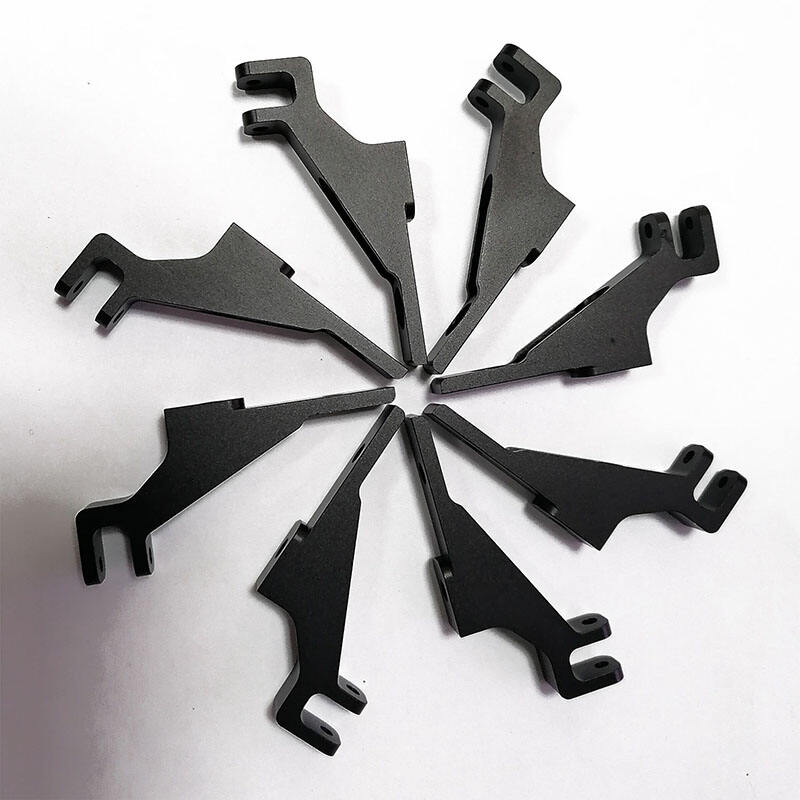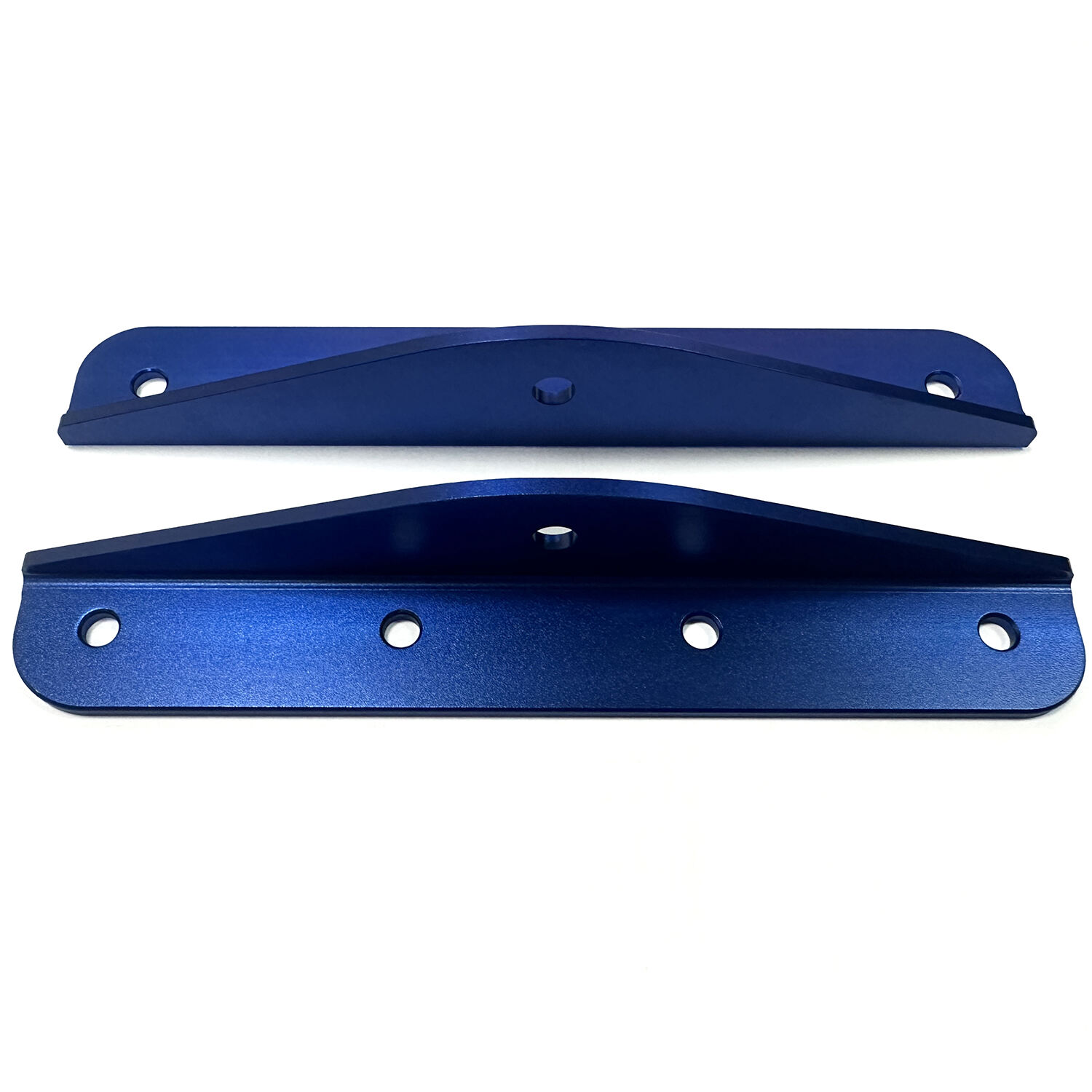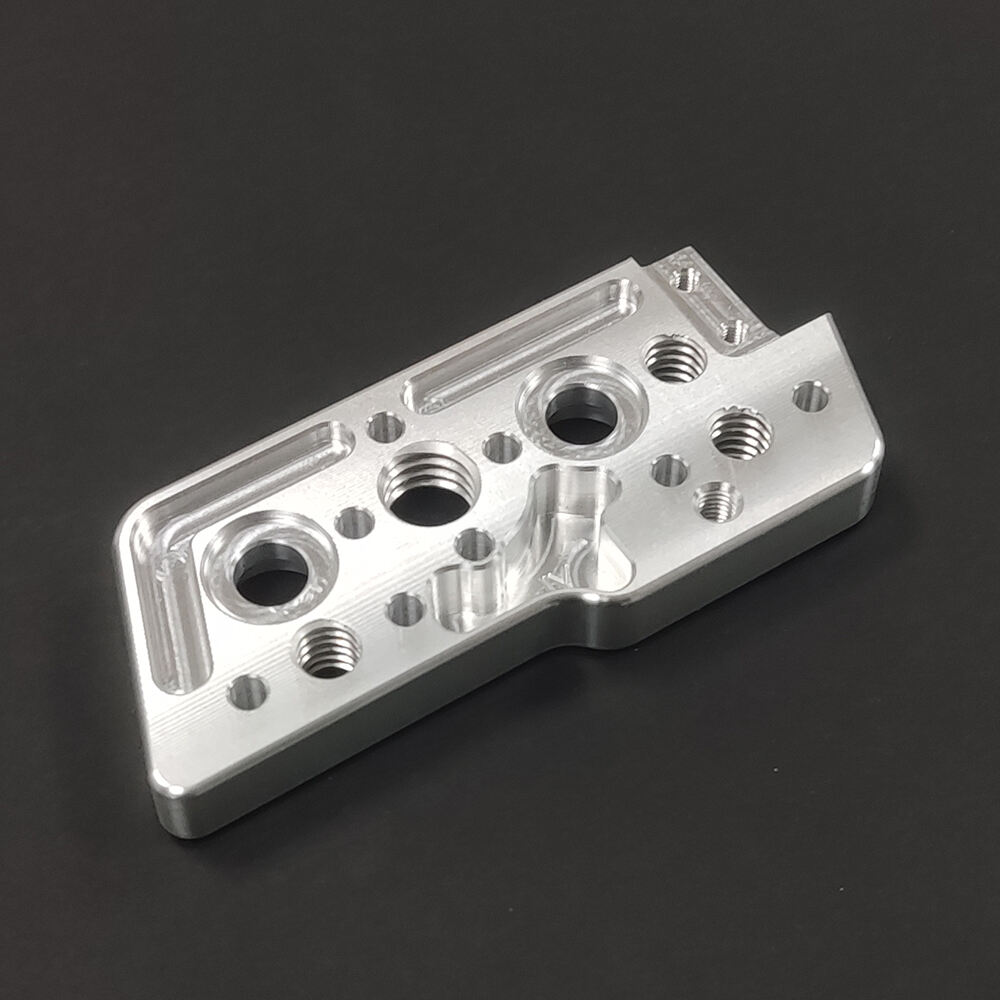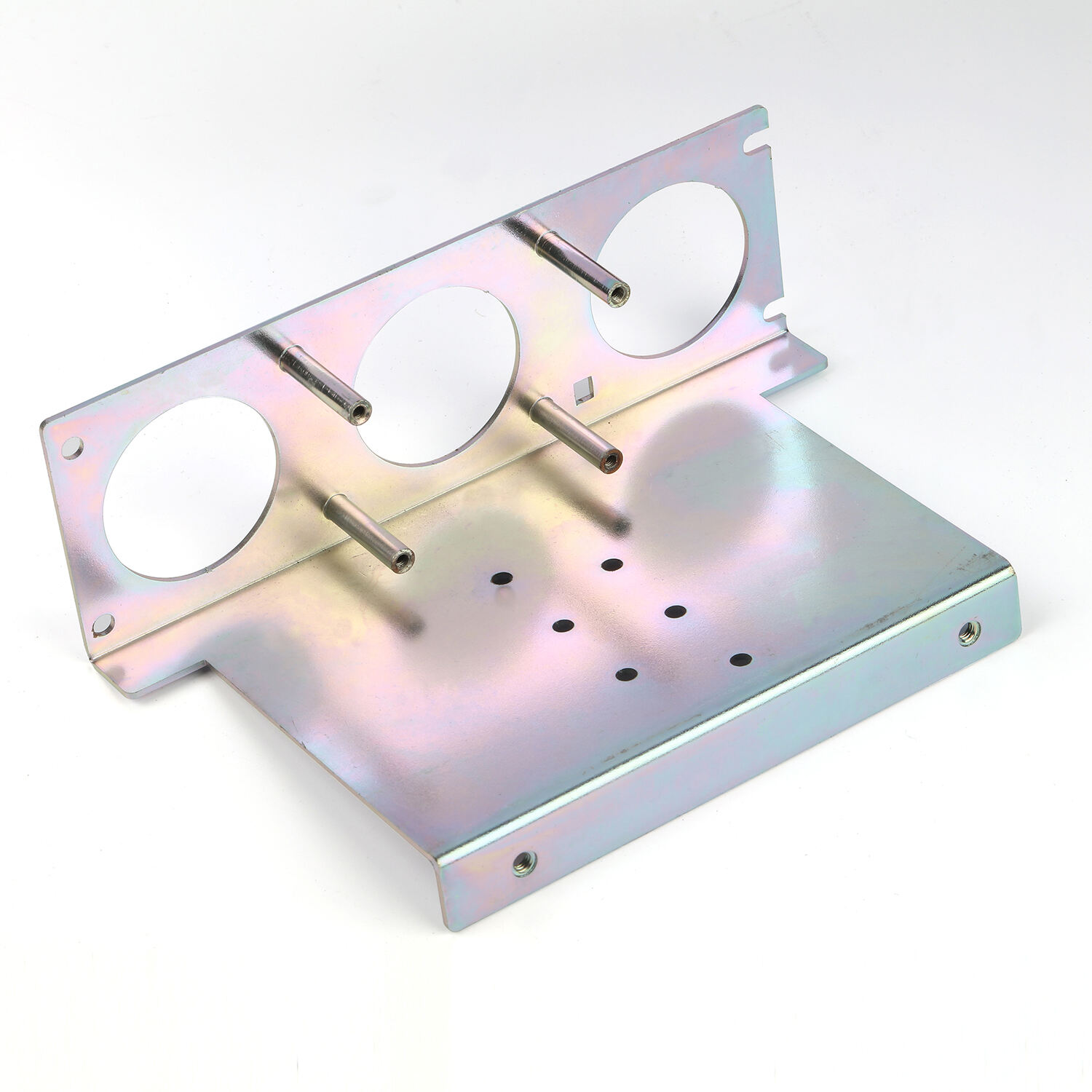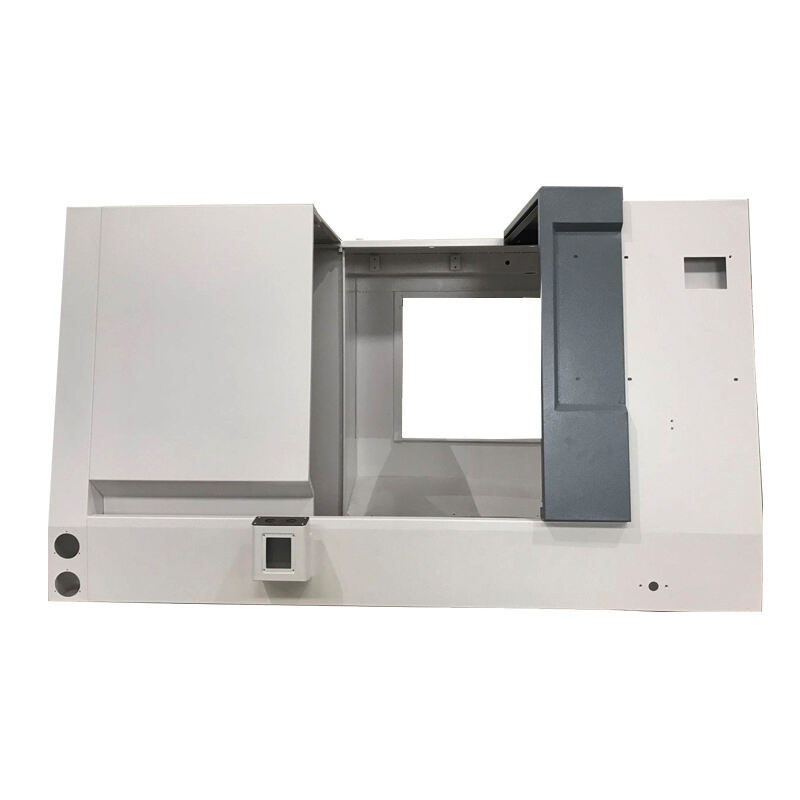Sheet metal machining: CNC technology helps efficient production
The Role of Efficient CNC Machining Technology in Sheet Metal Production
CNC machining tech has become pretty much essential in sheet metal work these days, combining computers with traditional metal fabrication methods to get really precise results. The system basically takes designs from CAD software and feeds them into machines that cut and shape metal exactly how it needs to be. For industries such as aircraft manufacturing and car production, this matters a lot because parts need to be made within extremely narrow margins sometimes as little as plus or minus 0.005 inches. When components are manufactured this accurately, they just slot together better in complicated assemblies which means fewer defects overall and products that last longer before breaking down.
Sheet metal shops that switch to CNC technology find their old ways of doing things getting replaced by automated processes which makes everything run smoother and faster. Many manufacturers report around a 30% jump in productivity once they install these computer controlled systems. The main reason? Setup takes less time and there are fewer mistakes from hand operations, so parts come out looking better and more consistently. Plus, when machines handle most of the work, businesses don't need as many highly trained workers standing by all day. This cuts down on errors that happen when people get tired or distracted. For shops trying to stay competitive while keeping costs low, CNC machining has become pretty much essential if they want to produce high quality sheet metal products at reasonable prices in today's manufacturing world.
Key Techniques for Optimizing CNC Machining in Sheet Metal
Advanced Multi-Axis CNC Machining Techniques
Multi-axis CNC machining makes it possible to create complicated shapes and fine details all in one go, which cuts down on how long things take and improves accuracy across the board. This kind of machining really shines when making those tricky parts that modern equipment needs so much. Take aerospace engineering for example where even tiny tolerances matter a lot, or medical devices where precision can literally save lives. These industries depend heavily on multi-axis systems because they handle complex geometry better than traditional methods. The fewer times a part has to be set up during machining means smoother operations overall and less chance of mistakes creeping into the final product.
Using advanced software for multi axis programming makes tool paths better and helps machines work together more smoothly. When shops start implementing these smart programming methods, they often see machining times drop around 20 percent give or take. The real advantage comes from cutting out wasted movement during operations, which means parts get made faster without compromising quality. These improvements translate into real world gains for production shops too. Faster cycle times mean products reach customers quicker while saving money on electricity costs and wear and tear on equipment over time.
Optimizing Tool Paths for Faster Production
Getting the most out of tool paths remains one of the best ways to cut down on wasted motion during CNC machining while speeding up production times. When shops start using adaptive feed rates, they often see better results across the board. Machinists can tweak cutting speeds as needed depending on what material they're working with and how things are going at the moment. This means faster operations without sacrificing finish quality, something every shop owner wants to achieve but few actually manage consistently.
Using specialized software for simulating and analyzing tool paths really boosts layout efficiency in manufacturing shops. With these programs, factory managers get a clear picture of how cutting tools will move through materials before any metal gets cut, saving hours on the shop floor. Some industry reports show that when companies properly implement these simulations, they often see around 15% less time spent on actual machining tasks. Beyond just speeding things up, good tool path planning actually makes parts more accurate too. This双重 benefit explains why so many CNC shops now consider simulation software essential for anyone serious about both productivity and quality control in their operations.
Benefits of CNC Machining for Sheet Metal Production
Increased Production Speed with CNC Routers
Sheet metal production is getting a major boost from CNC routers thanks to their ability to cut through materials at incredible speeds. These machines let factories process much larger quantities without breaking a sweat, which really helps streamline day-to-day operations on the shop floor. According to industry reports, shops that switch to CNC routers typically see production rates jump around 25% or more when compared to older manual techniques. What does this mean for bottom lines? Shorter wait times for customers and way more products rolling off the line each week. For metalworking businesses trying to keep up in today's fast paced market, bringing CNC technology onboard isn't just smart it's practically essential if they want to stay ahead of competitors who haven't made the switch yet.
Reducing Waste Through Precision CNC Lathe Operations
CNC lathes play a big role in cutting down on material waste, something that matters a lot for sheet metal work where materials can be really expensive. The machines allow for precise measurements and smart cutting plans that mean much less scrap going to waste. Some studies show companies that switch to these systems often see around 30% less waste, though results vary depending on what they're making. For manufacturers, this means saving money on raw materials while also doing their part for the environment. Many shops have found that investing in better CNC technology pays off both financially and environmentally, especially as customers increasingly care about sustainable manufacturing practices these days.
Exploring CNC Machining Products for Sheet Metal
OEM Custom Precision CNC Machining Aluminum Alloy Milling Stainless Steel Parts
For manufacturers who demand top notch results from their aluminum alloy milling and stainless steel components, OEM custom precision CNC machining stands out as a must have solution. What makes this approach so valuable? It combines solid quality control with efficient processing times, creating customized parts that actually fit what different industries need on the ground. The flexibility built into modern CNC machines means factories aren't stuck waiting around when they get special requests. Real world experience shows something interesting too: shops using these advanced systems report getting work done about 40 percent faster compared to traditional methods. That kind of speed boost translates directly into better shop floor performance across the board.

OEM Custom Precision CNC Machining Stainless Steel Milling Aluminum Parts
When it comes to making parts from stainless steel and aluminum, specialized CNC machining plays a vital role across many industries where reliability matters most, especially in automotive manufacturing and aircraft construction. The real advantage here lies in how consistently precise these machines can be over long production runs. Original Equipment Manufacturers have started relying on CNC tech for smaller batches of custom parts too, which cuts down wasted materials and speeds things up considerably. Some studies point to around a third increase in productivity when switching from old school techniques to modern CNC processes. This kind of improvement makes all the difference in situations where component failure isn't an option at all.

Sheet Metal Laser Cutting Punching Bending Processing Stainless Steel CNC Welding
Sheet metal work gets transformed when using CNC laser cutting technology, which delivers exceptional accuracy while speeding up operations considerably. What makes this approach stand out is its ability to create complex shapes and patterns that traditional cutting techniques simply cant match. Many shops now combine laser cutting with integrated punching and bending capabilities, which cuts down on handling between different machines and keeps everything moving smoothly through the shop floor. Industry data suggests that switching to CNC systems typically trims processing time around 20 percent for most metal fabrication tasks. This efficiency boost applies across various materials including stainless steel, making it a smart investment for manufacturers looking to stay competitive in today's market.
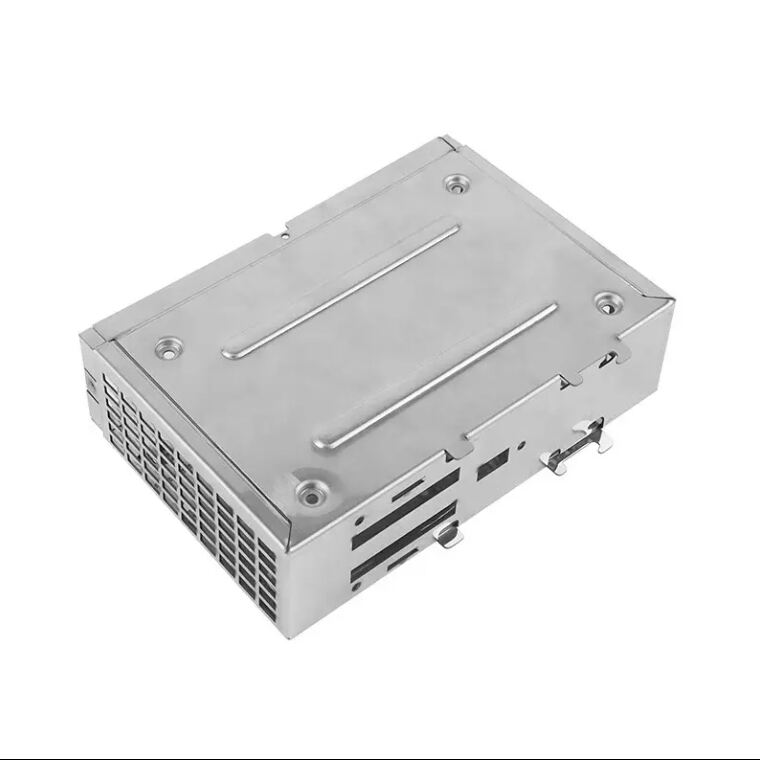
Future Trends in CNC Machining for Sheet Metal
The Role of AI in Enhancing CNC Machining Efficiency
AI is changing how efficient CNC machining works across manufacturing shops everywhere. The technology can predict when machines need maintenance, tweak settings automatically, and look at production data as it happens, cutting down on wasted time and boosting overall productivity. Machines last longer with these smart systems running in the background while parts come out consistently better quality too. Some recent studies show factories that have implemented AI solutions see around a 25-30% improvement in their day-to-day operations because decisions get made based on actual data instead of guesswork. For shop owners trying to keep up with competition, getting serious about integrating AI into their CNC processes isn't just nice to have anymore it's becoming essential for staying ahead in today's market demands.
Emerging Technologies in CNC Metal Fabrication
New approaches like additive manufacturing and hybrid machining techniques are changing the game for CNC metal fabrication, pushing boundaries way past what was possible with older methods. These tech innovations let factories make parts with really intricate shapes while also cutting down on wasted materials during production. When manufacturers start incorporating these newer technologies into their workflows, they gain much greater flexibility. Think custom orders that used to take weeks can now be done in days thanks to faster prototyping cycles. Some industry reports suggest production flexibility could jump around 25 percent within the next few years because of all these advances. What we're seeing here isn't just about keeping up with customers wanting more personalized products anymore either. There's definitely a green angle too as companies try to reduce their carbon footprint through smarter resource management. For shops already invested in CNC machining equipment, staying ahead of this curve means tapping into these technological improvements sooner rather than later to stay competitive in today's market.
Recommended Products
Hot News
-
What is MIM processing method?
2025-11-25
-
Does copper for conductive purposes need surface treatment?
2025-11-21
-
Advantages of CNC machining
2024-01-16
-
What is CNC machining technology?
2024-01-16
-
The development trend of CNC machining
2024-01-16
-
What Role does Sheet Metal Shell Processing Play in Electronic Products?
2025-12-04
-
Can brass be welded?
2025-11-26
-
Good News-aluminum profile mass order has been produced and is about to be delivered
2025-11-27
-
Is there any difference in color between brass sheets and pipes?
2025-12-05

 EN
EN
 AR
AR
 CS
CS
 DA
DA
 NL
NL
 FI
FI
 FR
FR
 DE
DE
 EL
EL
 IT
IT
 JA
JA
 KO
KO
 NO
NO
 PL
PL
 PT
PT
 RU
RU
 ES
ES
 SV
SV
 TL
TL
 ID
ID
 VI
VI
 TH
TH
 MS
MS


